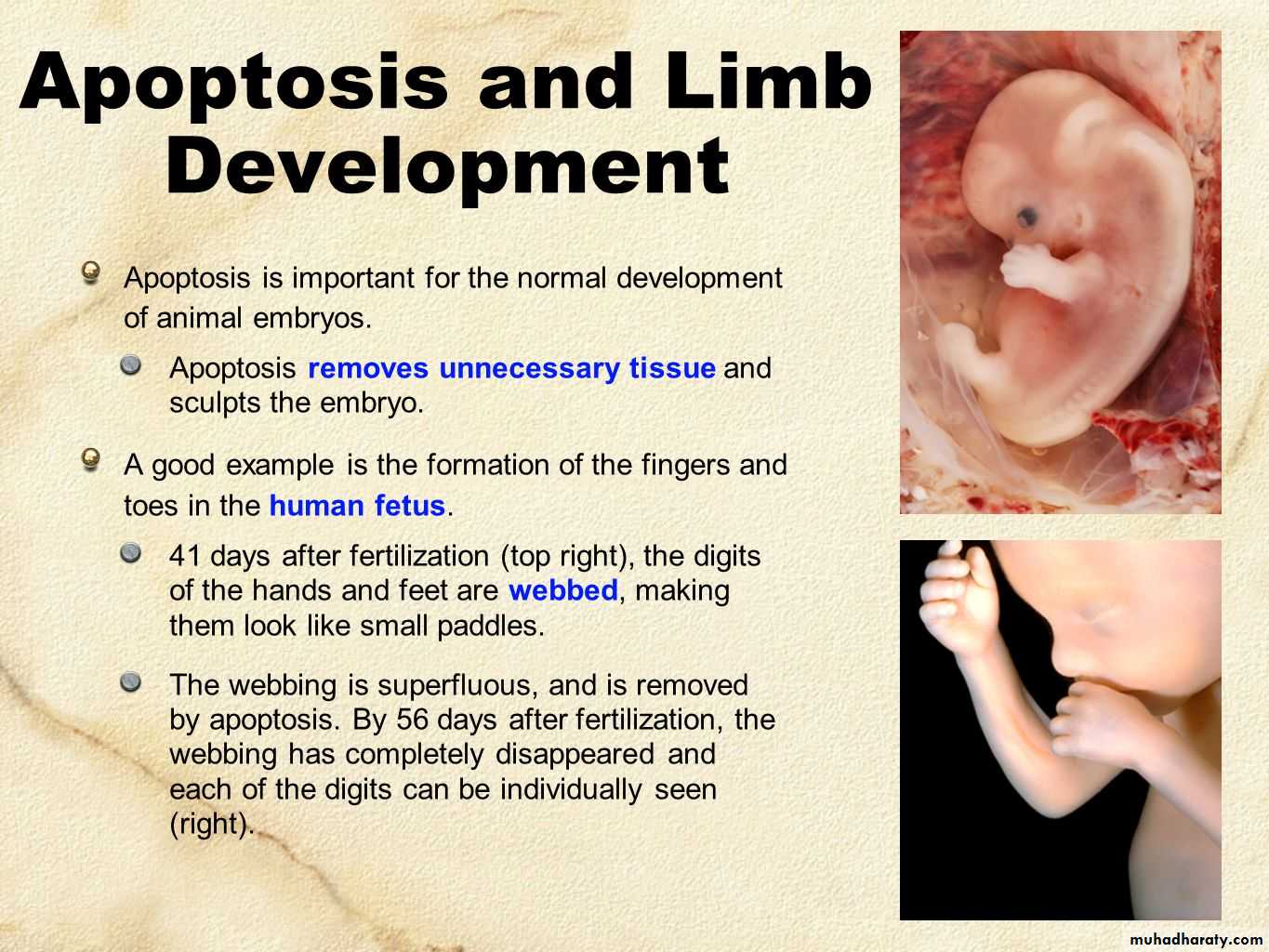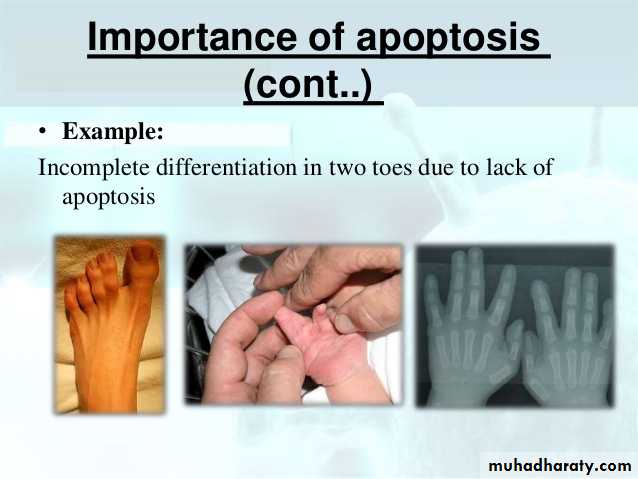ByDr.Alaa AlsahlanyDec 30th, 2020
Classification of epitheliumExample
Based on cell shapeBased on cell layer
• Endothelim ( lining of blood vessels)
• S. Squamous
• (1) SIMPLE (S.)
• One layer
Thyroid follicles
• S. Cuboidal
Stomach, Intestine
S. Columnar(non-ciliated)
Uterine tube
Trachea
• S. Columnar (ciliated)
• Nasal cavity
• Pseudostratified columnar• (2) PSEUDOSTRATIFIED
• (They appear stratified but in fact they are simple)
Example
Based on cell shapeBased on cell layer
• Mouth cavity
• Str. Squamous
• Non-keratinized
• (3) STRATIFIED (Str.)
• More than one layer
Skin
Str. Squamous
Keratinized
Sweat ducts
Str. Cuboidal
conjunctiva
Str. ColumnarUrinary bladder
Transitional (stratifiedepithelium
with
characteristics that allow
it to Distend)
Cell death
(1) Necrosis(2) Apoptosis
Necrosis
Death of the cells due to tissue injuryNecrotic cells swell and subsequently rupture resulting in formation of cell debris.
This induces an inflammatory response at the site of injuryNecrosis of myocardium due to ischemia
Apoptosis (Programmed Cell Death or Regulated Cell Suicide)
Apoptotic cells shrink.
Their plasma membranes undergo blebbing without any loss (i.e. they are intact).
Their nuclei fragment forming apoptotic bodies.
Since the plasma membrane is intact, their intracellular contents are not released into the extracellular environment, so no inflammation
Apoptosis is a central mechanism controlling development in regulating the number of cells that mediate a particular activity (e.g. separation of the developing fingers and toes during embryogenesis).
Adipose tissue
General Features
A special type of connective tissue formed by aggregation of fat cells (adipocytes). It constitutes 15–20% of body weight in men and 20–25% in women.
Two types
(1)Parietal : It is found subcutaneously (under the skin) throughout the body(2)Visceral: around viscera
Function
(1) Is a reservoir of energy.(2) Gives shape to the body
(3) Gives thermal insulation to the body because it is a bad conductor of heatHistological types of fat
Brown adipose tissue(embryonic type)Yellow adipose tissue(adult type)
Multilocular (contain many lipid droplets)
Unilocular (contain single lipid droplet)
Small polygonal with central nucleus
Big round with peripheral nucleus
Found in fetus and newborn
Found in adult
Production of heat that protect the fetus against cold
Store house of energy
Lipid droplets
Abnormal fatObesity
LipodystrophyGlands
Exocrine glands secrete their products onto a surface directly or through ducts that are connected to a surface e.g. sweat glandsEndocrine glands lack a duct system. They secrete their products into the connective tissue, from which the products enter the bloodstream to reach their target cells. They produce hormones e.g. thyroid




















